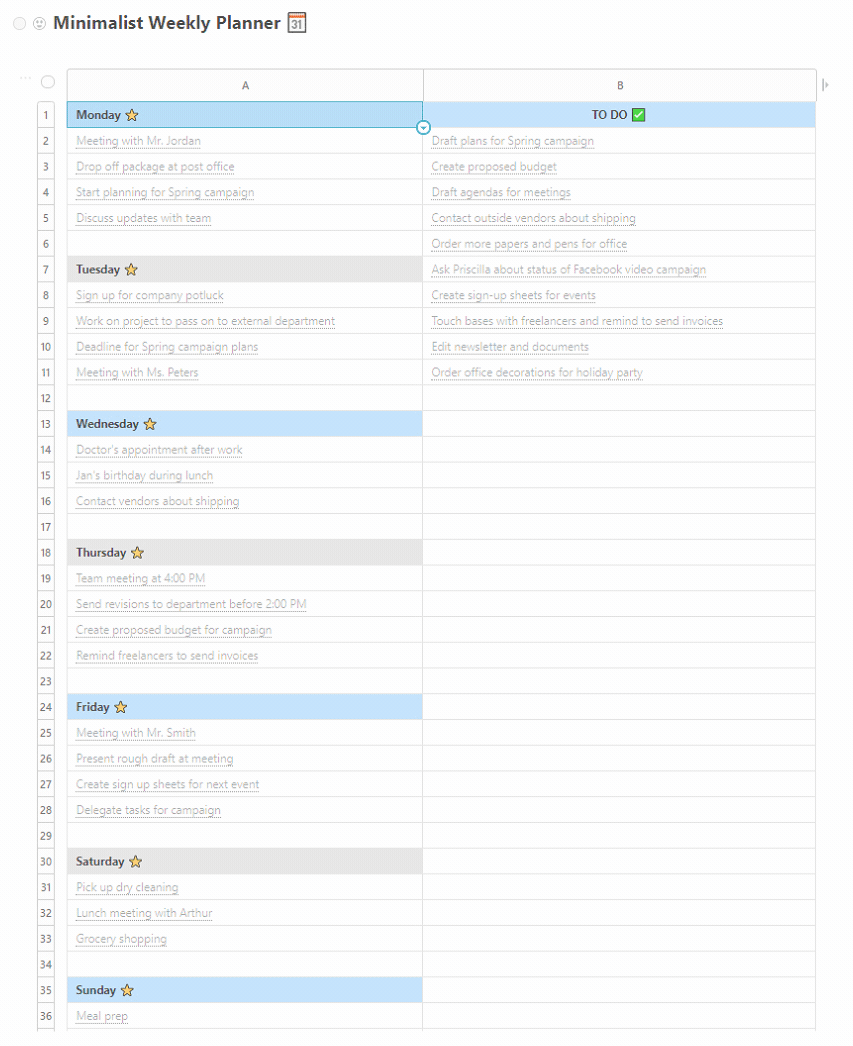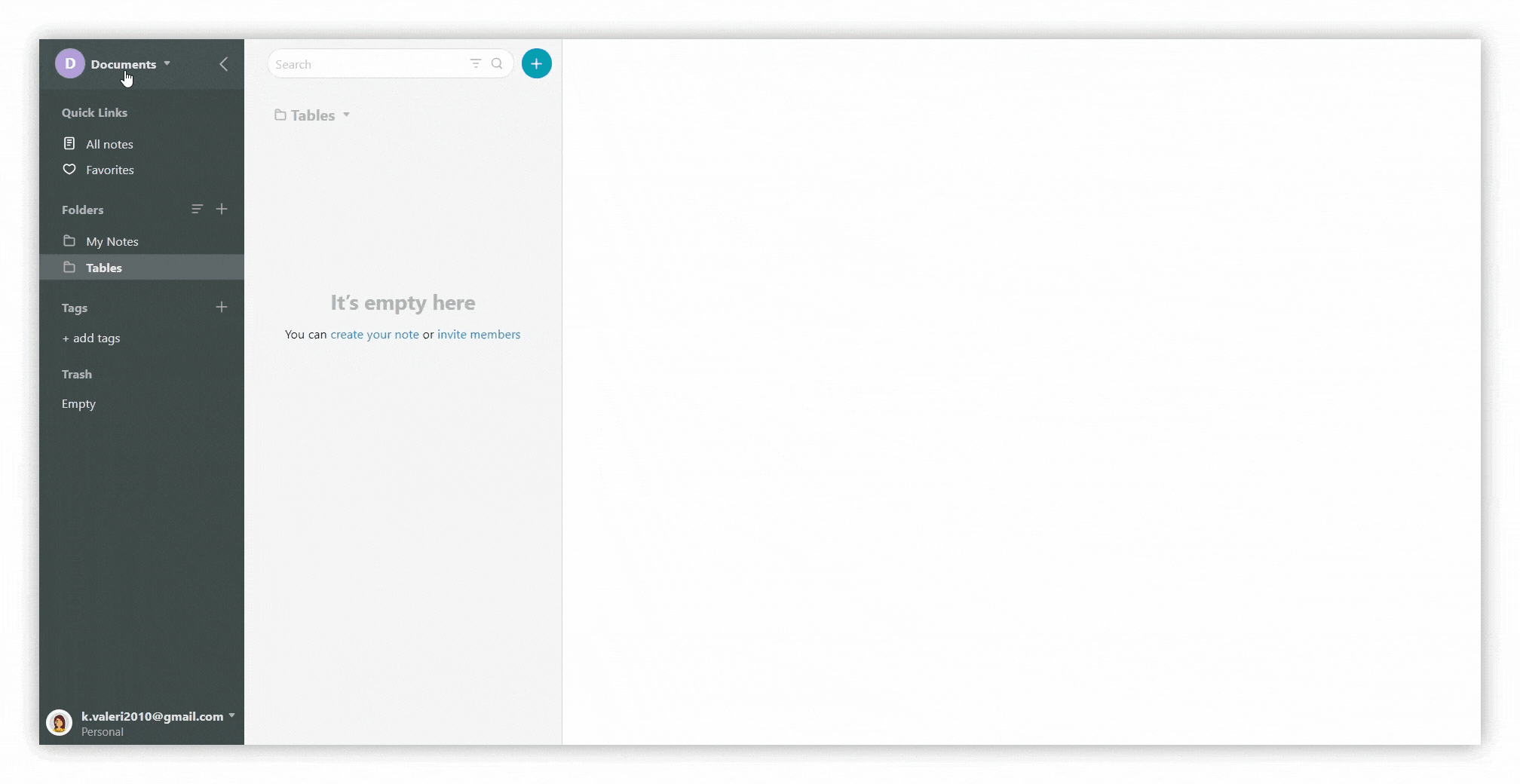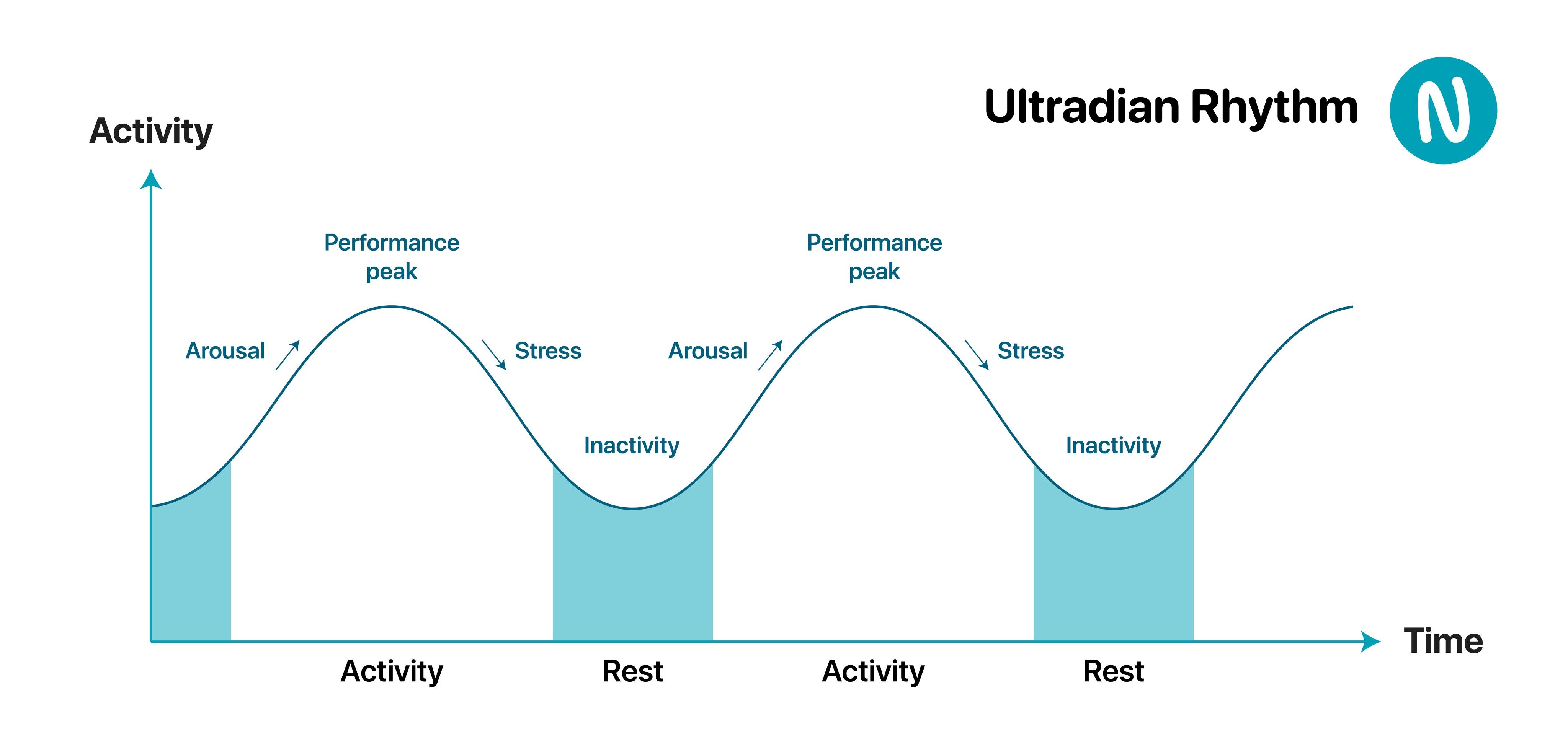
Nine tips to easily get back to work after a holiday break
- January 15, 2021
- 11 Min read
The phrase “It’s the most wonderful time of the year” still rings in your ears, but your early alarm clock breaks up all the Christmas magic. Yes, the holidays are over, and it’s time to get back to work.
Although transitioning back to the working mode is never easy, there are a few ways to make it bearable and even enjoyable. In this post, we’ll take a look at how to transform your post-holiday blues into a boost of energy. These nine steps will serve as a foundation to help you become a productivity superhero in the new year.
Above all, let’s face the truth: the magic doesn’t happen overnight. After days of chilling out, it may be hard to pick up all your organizational habits at once. We recommend you not to expect to be super productive from the first working day.
Of course, you may try your best and push yourself back into a challenging work routine from the first days, but your energy may get used up quickly. Сonsider your work as a marathon rather than a sprint. Instead of fighting with your body and its post-holiday habits, train it and prepare yourself to be productive for a long time.
Do these things before your first working day to catch up on your habits with less effort:
1. Plan a buffer day.
During a holiday break, your mind and body function in an unusual way. You often get too excited by the frenzy of holiday experiences and emotions. Or, perhaps, after many passive days in front of the TV, your body gets used to low physical activity and switches to energy-saver mode.
Try to make your last day off more similar to your usual lifestyle. Instead of sleeping till noon, wake up earlier and prepare breakfast. Read an article or do some light exercises to awaken your mind and body.
The buffer day is also a great time to finish all household chores, such as laundry and house cleaning. If you have just arrived from a trip, unpack your bags and settle in. You can also buy groceries and prepare some food for the upcoming week.
The golden rule of the buffer day is to go to bed as early as possible. If it is hard to fall asleep, drink warm milk or tea, do some evening yoga, and try breathing exercises.
2. Take some time for self-reflection.
When we leave for a holiday break, we hope to return full of energy. Often we do feel a motivation boost after vacation. But occasionally, the holidays become too much: too active or too passive, too exciting or too dull. After them, you can experience fatigue or frustration.
Psychologists call these emotions post-holiday blues. Irregular sleep, unhealthy food, and countless activities get us excited and over-stimulated during vacations. Afterward, people usually feel some letdown, similar to the feeling of loss. Scientists highlight that this is a normal reaction to receiving less stimulation, and we just need to take some time.
You can read more about how to handle back-to-work blues here >>
Before rushing back to work, check your moral state: how do you feel about your holidays and the start of working days?
Revisit all your great winter moments by creating a Facebook post with the best memories. Write thank-you notes to your relatives, friends, and even yourself for being there during this emotional period. After doing all of this, let yourself start a new page without focusing on what’s already past.
Start concentrating on the upcoming period of your life. How would you like to spend the rest of January? What dreams will you make come true in February? Ask yourself how you can become happier at work and what career goals you want to achieve in the new year.
You can also write down your answers and revise them as needed.
3. Create a to-do list for your first week.
When you get back to work, you may get lost in emails, trying to figure out what to do.
We recommend creating a weekly to-do list before your first working day. Revisit all your unfinished projects and write down what should be done. Ideally, you should write this to-do list just before leaving for a holiday break. But if you didn’t do it then, do it before returning to work. This way, your mind will remember essential assignments from the previous year’s projects and won’t be flooded by new information.
Of course, when you catch up on your work, you will add updates to your weekly to-do list and maybe modify it a bit. The risk of changing your to-do list is not as bad as the risk of forgetting about a crucial task.
By the way, if you want to have easily manageable and tidy to-do lists, you can use Nimbus Note. In our template library, we offer various templates for planning your week. Check out the Week Planner, Minimalist Weekly Planner, and My Plans for the Week Ahead to get new ideas on organizing your time. All templates are customizable, so you can transform them to serve your needs the best. Feel free to mix and match to make your weekly planning even more efficient!

4. Organize your desktop, tasks, and mind.
So, it’s your first working day. You have a general idea of what you should do, but how to start?
Begin with work organization. It gives a feeling of control that raises your motivation. Above all, tidy up your desk and organize your working space, so you have no distractions in sight. Then, review your desktop and put all outdated documents in the archive.
Continue with checking your inbox to get updates. It’s better to read your emails not in chronological order but by topics, as it’s more important to know what happened instead of when it happened.
With Nimbus Note, you can effortlessly resend the most vital emails to your account to structure your working data. Let’s imagine that you have two ongoing projects, A and B; each of them has a separate Nimbus Note folder. Categorize and resend all the crucial emails to the relevant folder. The resent emails will be transferred into Nimbus notes. You can define a note’s title, folder, and tags from the start by writing all this information in the subject of the email. To get more information about (re)sending emails to Nimbus Note, check out our guidelines here >>

Once you have a clear image of the current state of affairs, add new tasks to your weekly to-do list and select the most urgent assignments to start your first working day.
5. Get used to your working rhythm.
You should have already started returning to your usual sleep schedule on your buffer day. Now you need to sustain this habit to promote consistent sleep. Scientists encourage sleeping at least 7 hours each night. But for the first working week, it’s better to establish 8-9 hours of good night sleep so that your body will have enough energy to get back to work.
At this stage, you may feel ups and downs in your productivity. Sometimes, you may have no energy at all; other times, you may want to stay long hours to complete an assignment. The best thing to do is seek balance. Define your daily workload minimum and perform it with a conscience. Once your workload minimum is done, ask yourself how you feel and whether you can do more. Be careful not to overwork. The first week is about getting set; you will speed up a little bit later.
6. Leave some space for pauses.
In your workday, plan time for breaks. By doing this, you will prevent burnout and the desire to quit after one week of working. If you work in an office, take your colleagues for coffee and share stories about the holidays. You need even more connection and communication with your team if you work remotely. Organize (or push your manager to organize) a team-building call, during which you’ll be able to see your teammates and congratulate them on the new year.
Common positive emotions are essential for teamwork. The people you are working with can share your career victories and understand your concerns about upcoming projects. Communicate with them to find out solutions together.
Also, diversify your free time: add new experiences to your life, start a hobby, and call your friends. Your life shouldn’t be dull just because the holidays are over. Emotions inspire you to work, so don’t forget about them.
7. Add productivity habits.
Now you are ready to add new productivity habits (or to pick up your old ones from the previous year).
It is crucial to add some physical activity to your day. Even if gyms and dance classes are closed due to the pandemic, you can always do some exercises or yoga at home. Figure out the time that suits you the best and move your body!
You can also organize morning rituals: drinking a glass of warm water, meditating, daily planning, or reading. All these activities help you wake up and set the tone for the day ahead.
It’s also great to review your week and think about possible improvements in your work. Although it may seem easy, this practice will keep you extremely efficient. After the holidays, you can look at your job with a new set of eyes and notice what you can change. With Nimbus, you can use the Weekly Review template to sum up your working week effortlessly. Get the free template here >>
Besides our suggestions, you can add other productivity habits. But add no more than one practice a week to avoid getting overloaded by numerous tasks.
8. Try Eisenhower Matrix.
The Eisenhower Matrix helps you make a plan of action. It proposes that you arrange assignments into four quadrants according to their importance and urgency. By doing this, you can clearly see what should be done first (urgent and important tasks), what to delegate (urgent, but not important), what to schedule (important, but not urgent), and what to eliminate (neither important nor urgent).

The Eisenhower matrix is an easy, intuitive tool that helps create a clear roadmap towards your goals.
You can easily create the Eisenhower matrix in Nimbus! Our user Dawa Law has created a template for it and we are happy to share it with you!
Just click here to get the Eisenhower matrix template>>
In Nimbus, your Eisenhower matrix will always be neat and updated. You can effortlessly modify through Nimbus Note for Desktop, Web, iPad, and Mobile. Handy editing tools, pictures/audio/video features, and embeds will make your planning creative and efficient.
If you have created a great Nimbus Note that can be converted to a template, please, share it with the Nimbus team and users. We can all help each other be productive!
Fill out this form to add your template >>
9. Work in sprints.
It’s not possible to stay concentrated all the time. Our body and mind don’t work like that. Scientists confirm that the human body has various cycles of activity and rest. These cycles may be long (24 hours and more), medium (ultradian rhythms), or short (less than an hour).

Many productivity techniques are based on the ultradian rhythms of activity/rest. The ultradian rhythms last 90-120 minutes on average but may vary from person to person. During this time, the human body starts working, achieves a productivity peak, loses concentration, gains an inactivity peak, and then returns to the neutral point.
Knowing this, we can better allocate activity/resting time. Try to make working sprints of 30, 60, or 90 minutes during which you concentrate on one task. After this, take 5, 15, or 30 minutes to rest and restore your focus.
We suggest experimenting with various sprint lengths to see which one is most efficient for you.
Working in sprints allows you to get your task done faster, as you concentrate on one thing at a time and obtain enough rest.
Conclusion
If you want to be productive for more than just 1-2 days a week, fine-tune your working rhythm. Don’t push yourself to change your routine completely in a day. A step-by-step approach takes more time, but it is much more stable. To get more tips on personal productivity, check out our blog post
How To Stay Productive While Working Remotely?
We wish you a great start to the New Year. Accelerate and become the best version of yourself this year! Nimbus Web Inc will help you!
Create your account on Nimbus Note to start this year productively!
Found it useful? Share the article with your community
Subscribe to our blog!
Get weekly tips and insights on how to grow your business